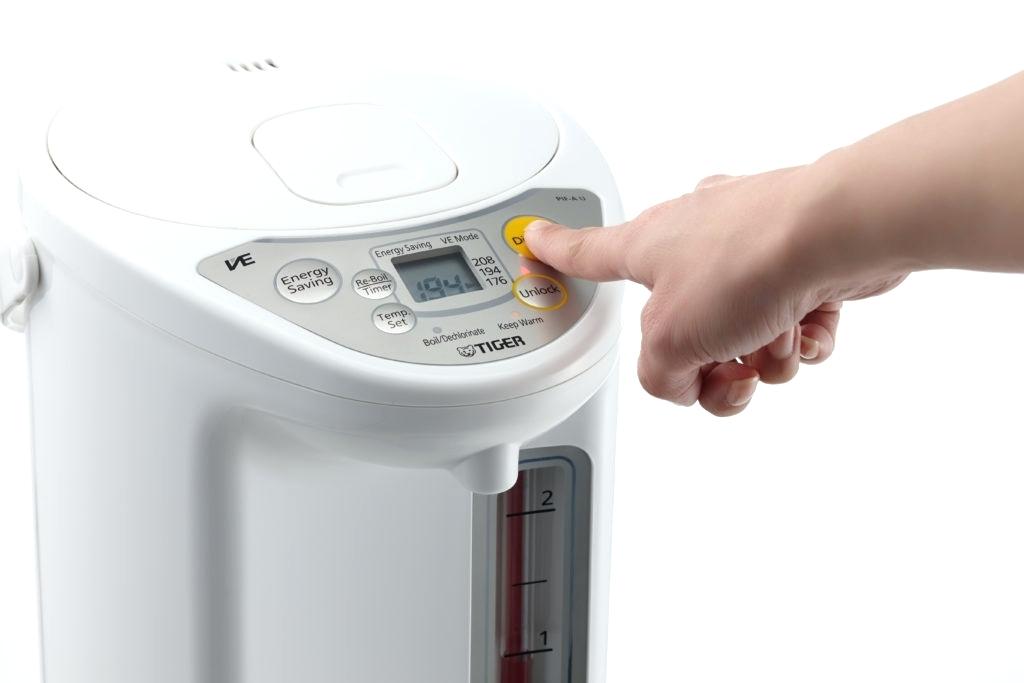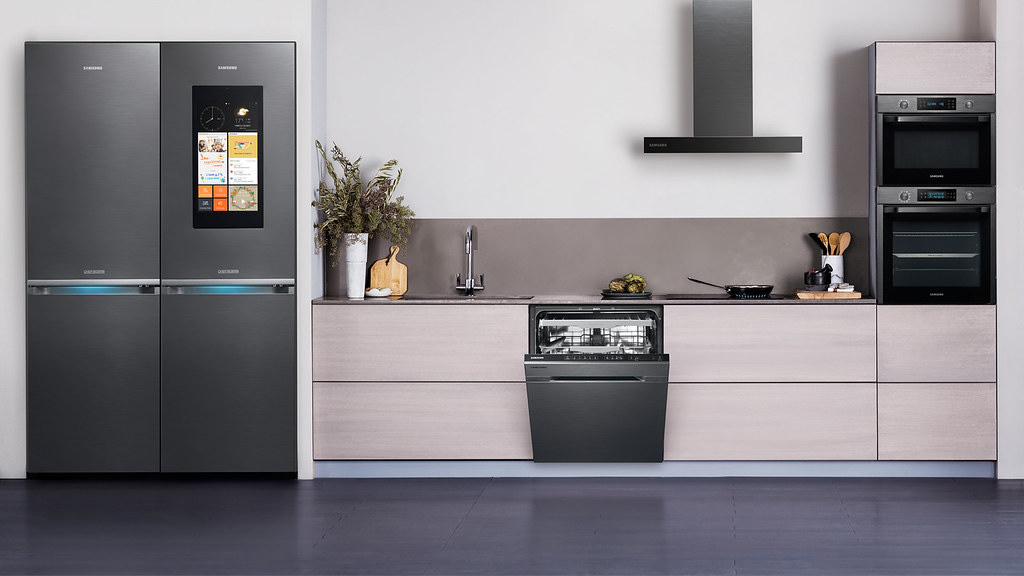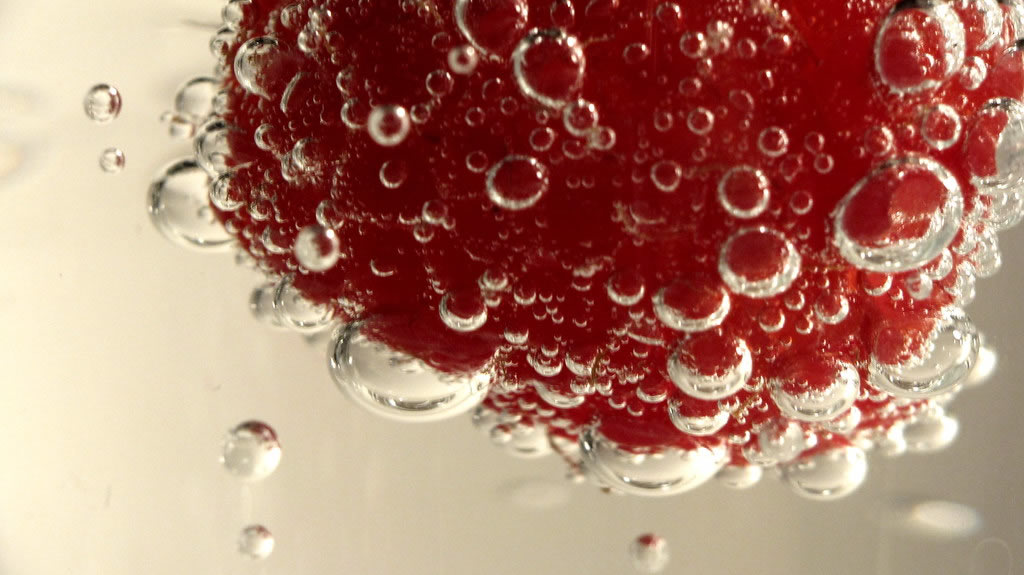The semi-automatic espresso machine is relative to a fully automatic espresso machine. “Automatic” means filling beans. After pressing the button or just turn the knob, then you can get your favorite coffee.
“Semi” is because it can’t grind beans. Only ground coffee can be used. However, the use of a semi-automatic espresso machine requires frequent cleaning and maintenance. Daily cleaning is required if used daily. Replace the relevant spare parts every month. Let’s take a look at the cleaning and maintenance of the espresso machine.
Cleaning And Maintenance
Daily
1. Clean the body: Wipe the body with a damp cloth before starting the machine every day. Use a cleaning agent. Use a mild, non-corrosive cleaner to spray it on the wet cloth and then wipe the body (note that the cloth should not be too wet.
The cleaner should not be sprayed directly onto the body to prevent excess water and detergent from penetrating into the circuit system and causes a short circuit).
2. Brew head outlet: Remove the portafilter and press the wash button at the end of the day. Wash the ground coffee remaining in the brew head and on the portafilter baskets. Then place back the portafilter (note: do not fasten at this time).
Press the cleaning button and shake the handle from side to side to rinse the brew head and the coffee pulp inside the brew head.
3. Steam wand: After using the steam wand to make milk foam, wipe the steam wand with a clean wet cloth. And start the steam switch again. The momentum and high temperature sprayed by the steam itself clean the residual milk in the jet hole.
To maintain the smooth flow of the fumarole. If there is residual milk on the steam wand, soak the steam wand in a steel cup filled with hot water to soften the residual. Remove the steel cup after twenty minutes. And repeat the operation if necessary.
4. Boiler: To extend the life of the boiler. If you do not use the machine for a long time, turn off the power and turn on the steam switch. The pressure inside the boiler is completely released. Wait for the boiler pressure gauge to indicate zero.
The steam is no longer sprayed and then the drip tray and drain are cleaned. (Note: Do not turn off the steam switch at this time. Wait until the steam wand is turned off the next day and then turn it off to balance the internal and external pressure of the boiler).
5. Drip tray: Remove the drip tray before washing or before use. You can wash it in the sink. Put it back after it is dry.
6. Drainage tank: After removing the drip tray, use a damp cloth or napkin to remove the sediment from the drain. Rinse with hot water. Keep the drain open. If the drainage is poor, pour a small spoon of cleaning powder into the drain and rinse with hot water to dissolve the residue in the drain.
7. Portafilter: Wash it with hot water at least once a day. Dissolves the coffee fat and precipitate remaining on the handlebars. In order to avoid some of the grease and sediment in the brewing process and affect the quality of the coffee.
8. Brewing system and portafilter: Fill a small spoon of cleaning powder (2-3 grams) into the portafilter and place it back to the brew head. Press the cleaning button again for about 2-3 seconds and then stop the button. Repeat this several times before relaxing your portafilter.
Sweep the cleaning button and shake the handle from side to side to rinse the brew head gasket and the inside of the brew head until the water in the portafilter becomes clear and colorless. After the cleaning is completed, remove the portafilter to allow the remaining cleaning powder in the brewing system to flow out.
After about 1 minute. Try a cup of coffee to remove the odor after cleaning. If there are multiple outlets, repeat the above steps for other water outlets for cleaning and maintenance work.
Weekly
1. Water outlet: Remove the component from the water outlet (if the machine has just been used, pay attention to high temperature). Soak (1000ml hot water mixed with 3 spoons of powder) for one day.
Rinse the coffee oil residue and blockage from the portafilter with clean water. Rinse with a clean, soft, damp cloth. Check if the portafilter is unblocked. If there is any obstruction, please use a fine wire or needle to carefully clear it.
2. Portafilter: Decompose portafilter and the handle soaked in clean liquid (500ml hot water mixed with 3 spoons of cleaning powder) for one day.
Dissolve the residual coffee oil residue (Note: the plastic part of the handle should not be soaked in the cleaning solution. This will prevent the plastic surface from being corroded by the cleaning solution). Wash all accessories with clean water. Wipe with a clean, soft, damp cloth.
Monthly And Seasonal
1. Water filter: Replace the first and second water filter filters. It is recommended to change once a month.
2. Water softener: View and replace the third softener. Proceed as follows:
Turn off the water source; remove the third softener for cleaning. Soak in a 10% saline solution.
Conclusion
The cleaning and maintenance method above is the general operation of the espresso machine. The main parts are almost the same so you can apply in most of the espresso machines.
Since the coffee is hot and contains oil, if the hygiene is not good enough, the bacteria will breed in a short time. Also, your coffee will come with some odor because of the bacteria and the residual.
If you want to know more and become your home barista, I think the posts below may be suitable for you.
- 15 Best Handheld Milk Frothers
- 15 Best Milk Frother and Heater
- 15 Best Coffee Makers For The Home
- 15 Best Single Serve Coffee Brewers
- 15 Best Steam Espresso Machines
- 17 Best Semi-Automatic Espresso Machines
- 15 Best Fully Automatic Espresso Makers
- 15 Best Manual Coffee Machines
- 12 Best Electric Coffee Percolators
If you have any questions, please leave them below, I’d love to hear that.



0 Comments